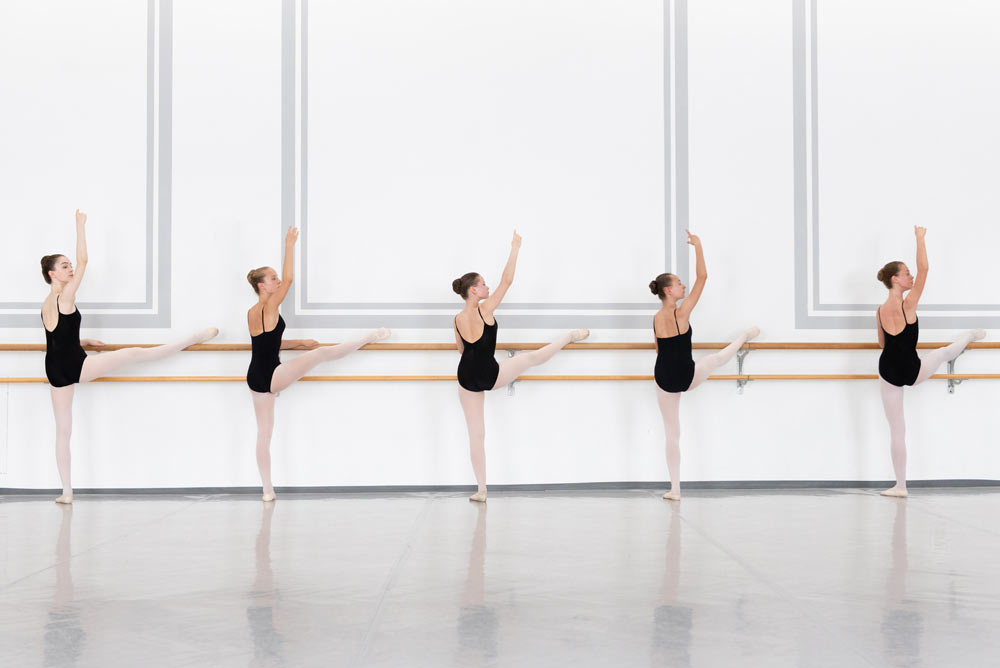Agrippina Vaganova, Russian-Soviet dancer, pedagogue, choreographer and ballet director, lived from 1879 to 1951. She studied at the Imperial Ballet Academy since 1889, entered the Marijinsky Theater after her exams and became a ballerina in 1915. In 1921 she became a teacher and over the years formed the educational system named after her. This system classifies the lessons in age-appropriate stages and is based on a fully elaborated theory of dance movement, with a special attention to the port de bras, (movement of arms and torso).
The Vaganova method is characterized by simplicity, logic and clarity of construction and strives for the unity of technical skill and artistic expression. It continues to form the basis of Russian ballet education, is admired and recognized worldwide and is a seal of quality in classical ballet education. All of our ballet teachers in the school and academy are trained according to this teaching method and thus we guarantee a uniformed teaching method.

Methodology training
Full-time students of the Academy have the possibility of choosing a dual training path: In the supplementary subject Vaganova methodology, the students learn the eight-year Vaganova teaching system within three years and are then trained ballet pedagogues in addition to studying, and training in classical and modern dance.




